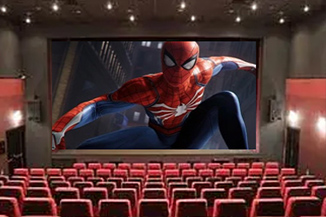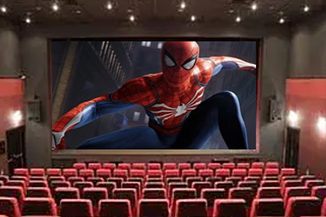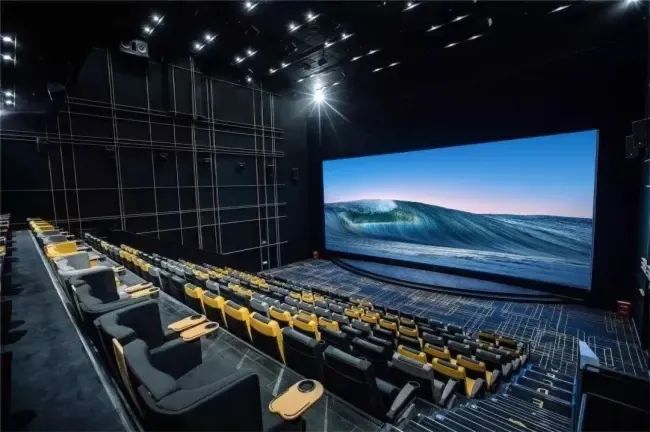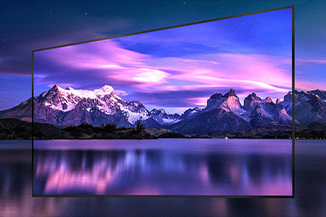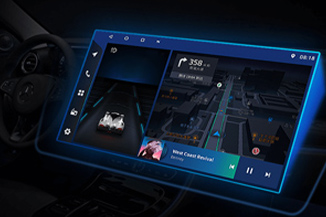Publisher: Supplier of LED Display Time: 2022-08-18 15:33 Views: 1473
Recently, with the approval of the State Council, the Ministry of Housing and Urban-Rural Development and the National Development and Reform Commission issued and implemented the "14th Five-Year Plan for National Urban Infrastructure Construction" (hereinafter referred to as the "Plan"). The "Plan" proposes the main goals, key tasks, major actions and safeguard measures for urban infrastructure construction during the "14th Five-Year Plan" period, and makes comprehensive and systematic arrangements for the overall planning of urban infrastructure construction during the "14th Five-Year Plan" period.
The "Planning" proposes four key tasks to build a modern infrastructure system that is complete, efficient, practical, intelligent, green, safe and reliable. The first is to promote the systematic construction of urban infrastructure and enhance urban security and resilience. The second is to promote the co-construction and sharing of urban infrastructure, and promote the formation of a new pattern of coordinated development between regions and urban and rural areas. The third is to improve the urban ecological infrastructure system and promote the green and low-carbon development of the city. The fourth is to accelerate the construction of new urban infrastructure and promote the transformation and development of urban intelligence.
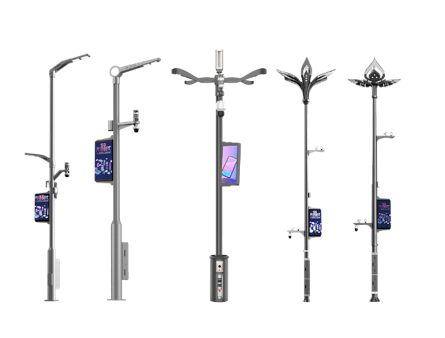
In the construction of urban lighting infrastructure, the "Planning" proposes to actively develop green lighting, speed up urban lighting energy-saving renovation, prevent urban light pollution, carry out urban lighting blind spot and dark area renovation and energy-saving renovation, and appropriately build and improve the quality of night scene lighting in important urban areas. Carry out a number of measures such as the construction of a smart multi-functional light pole system. It is even proposed to build more than 4,000 kilometers of intelligent roads and more than 130,000 bases of intelligent multi-functional light poles. The contents of the lighting part are mainly as follows:
Promote the green transformation of urban production and lifestyle. Actively develop green lighting, speed up the energy-saving renovation of urban lighting, and prevent urban light pollution. Promote garbage classification, reduction and recycling.
Carry out urban lighting blind spot and dark area renovation and energy-saving renovation. Carry out special rectification of urban lighting "there are no lights on the road, there are lights but not on", eliminate the blind spots and dark areas of urban lighting, and add or replace street lights on urban roads or public places where the lighting (brightness) and uniformity are not up to standard. Continue to carry out energy-saving renovation of urban lighting. For street lamps with high energy consumption, severe glare, and no light control measures, the replacement of green energy-saving light sources such as LEDs and the installation of single-lamp controllers can achieve refined on-demand lighting. Focus on special rectification of light pollution in residential areas, schools, hospitals and office areas. Cities rich in wind and scenery resources should adopt solar street lamps and wind-solar hybrid street lamps according to local conditions to promote the application of clean energy in urban lighting.
Urban lighting upgrade and improvement. Combined with new construction and reconstruction and expansion of roads, carry out the improvement of lighting blind spots and dark areas; implement urban lighting energy-saving renovation. According to the actual situation and needs of the city, properly build and improve the quality of night scene lighting in important areas of the city.
Build a smart road traffic infrastructure system. Promote the construction of ubiquitous and advanced smart road infrastructure by category, function, stage, and region. Accelerate the digital and intelligent construction and transformation of road traffic facilities, video monitoring facilities, sanitation facilities, lighting facilities and other on-road infrastructure oriented to vehicle-city collaboration, and realize intelligent interconnection, digital collection, management and application of road traffic facilities.
Carry out the construction of smart multi-functional light pole system. Relying on the urban road lighting system, promote the construction of an urban perception base that can comprehensively carry a variety of equipment and sensors. Promote the co-construction and sharing of tower resources, and adopt the technical means of "multi-pole integration, multi-brand integration, multi-pipe integration, multi-well integration, and multi-box integration" to improve the off-site management of various systems in urban road space. The facilities are systematically integrated, and expansion space and interfaces are reserved. Simultaneously strengthen the information management of smart multi-function light poles.
Encourage communities to build smart light poles and other supporting facilities to improve the level of smart services. Carry out innovative applications of integrated scenarios of radio and television services and smart communities, and promote the extension of emergency communication support services to the community.
Smart city infrastructure construction and renovation. It is estimated that more than 4,000 kilometers of intelligent roads will be built, more than 130,000 intelligent multi-functional light poles will be built, more than 600 new energy vehicle charging and swap stations will be built, and a total of 1.5 million public charging facilities will be built.
Source: China Photo Network
